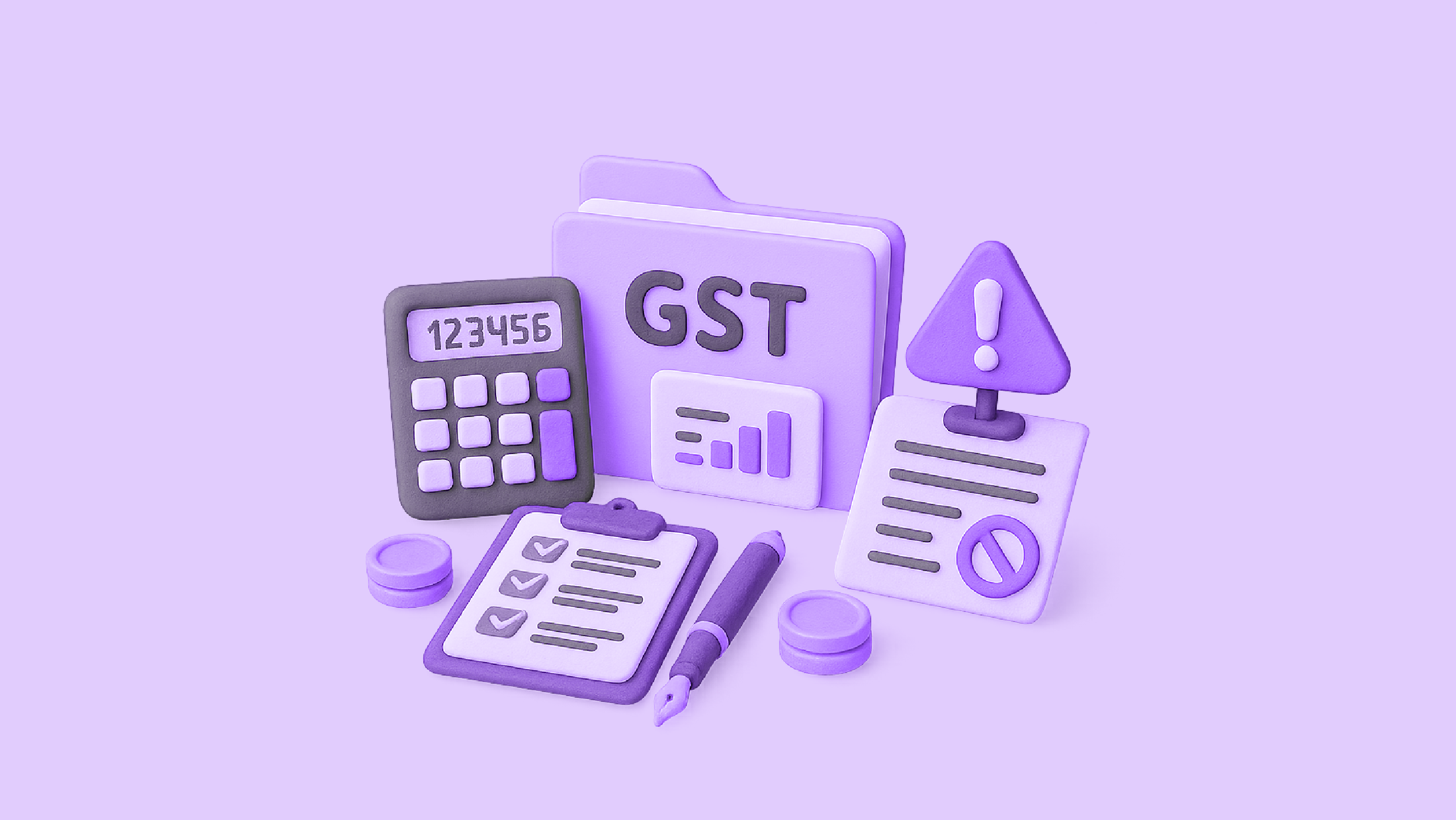In 2017, India overhauled its indirect tax landscape by introducing the Goods and Services Tax (GST), a unified system designed to bring transparency and standardization to business taxation. But in simplifying one end, it added a layer of digital scrutiny on the other. Every invoice, every return, and every ITC claim now feeds into a cross-verifiable system that leaves little room for inconsistencies. And this is where GST reconciliation becomes more than a compliance ritual. It’s your shield against mismatches, audits, and in many cases, against penalties that can snowball into litigation. As GST systems mature and automated scrutiny becomes the norm, accurate reconciliation is no longer optional – it’s urgent!
The Invisible Cost of Inaccurate Reconciliation
A common misconception among taxpayers is that once GSTR-1 and GSTR-3B are filed, the job is done. In reality, the GST system expects harmony across three touchpoints:
- Books of accounts
- GSTR-2A/2B (auto-drafted from supplier uploads)
- Filed returns (especially GSTR-3B)
Any misalignment among these three can trigger:
- Blocked Input Tax Credit (ITC)
- Interest on excess claims
- Show-cause notices under Sections 61, 73, or 74 of the CGST Act
- Departmental audits and demands
With the government increasingly relying on automated tools and data analytics to detect anomalies, businesses are now being flagged even before they realize something is amiss.
What Exactly is GST Reconciliation?
GST reconciliation is the process of matching your purchase data (input side) with the data your suppliers have uploaded to the GST portal. This typically involves:
- Matching the purchase register vs GSTR-2A/2B
- Comparing sales reported vs GSTR-1 vs GSTR-3B
- Tracking credit notes, debit notes, and amendments
- Validating reverse charge entries
- Reviewing ITC eligibility and restrictions
It sounds simple in theory, but in practice, especially for businesses handling high volumes of transactions or dealing with multiple vendors, reconciliation becomes a recurring nightmare without automation or discipline.
Real-World Scenarios: When Mismatches Trigger Consequences
Scenario 1: Claimed ITC Not Uploaded by Supplier
Your supplier forgets to upload an invoice, or uploads it with the wrong GSTIN. You claim ITC based on your books. Six months later, you receive a notice asking why you claimed credit on an unverified invoice.
Result:
Reversal of ITC with 18% interest, and sometimes penalties under Section 122.
Scenario 2: GSTR-3B Overstates Liability
You inadvertently overstate output tax in GSTR-3B compared to GSTR-1, creating an impression of underreporting sales.
Result:
This triggers audit red flags, especially for B2B sellers with large input-taking customers. It may even lead to questions around under-invoicing.
Scenario 3: Ignoring GSTR-2B in Favor of Books
You continue using GSTR-2A for reconciliation while the government considers GSTR-2B as the static reference document from which ITC can be claimed.
Result:
Disallowed ITC claims, as tax officers consider GSTR-2B to be the correct basis for assessment.
Why the Government Is Doubling Down on Mismatches
Since 2023, the GST department has ramped up its use of AI and analytics. Here’s what that means:
- Notices are auto-triggered based on mismatch patterns.
- GSTR-2B is used to validate ITC eligibility.
- Real-time matching and PAN-level audits are becoming more frequent.
- Departments are leveraging E-Invoice & E-Way Bill systems to cross-check delivery and invoice legitimacy.
In short, the GSTN ecosystem now behaves more like a live compliance network than a passive return repository.
The Compliance-First Businesses Are Already Adapting
Forward-looking companies are now institutionalizing monthly GST reconciliations into their finance ops, not just for ITC optimization but for risk minimization. They are:
- Using reconciliation tools to auto-match invoices
- Setting vendor policies that enforce timely and correct filing
- Moving away from manual Excel-based workflows
- Establishing internal audit routines before filing deadlines
Platforms like Optotax GST have simplified this process by automating reconciliation, flagging mismatches, and offering drill-down reports by vendor, GSTIN, and invoice type.
But technology is only half the solution. The mindset shift – from reactive filing to proactive reconciliation – is the real transformation.
Checklist: Are You GST-Reconciliation Ready?
Ask yourself:
✅ Do you reconcile GSTR-2B vs the purchase register before filing GSTR-3B?
✅ Are you tracking missing invoices from suppliers in real time?
✅ Is your team aware of vendor-wise ITC mismatches?
✅ Have you reconciled FY-wise cumulative ITC claims before filing annual returns?
✅ Are credit notes and amendments properly mapped?
If you answered “NO” to any of these, your business could be one scrutiny notice away from an avoidable penalty.
Final Thoughts: Reconciliation as a Compliance Safety Net
GST was envisioned as a self-regulating tax system, and reconciliation is its beating heart. As scrutiny gets sharper, mismatches, no matter how small, can tip off automated systems and invite regulatory attention.
The choice for businesses is clear: Reconcile early. Reconcile often. And reconcile right.
In a world of real-time tax intelligence, accuracy is not just good practice, it’s your strongest defense.





